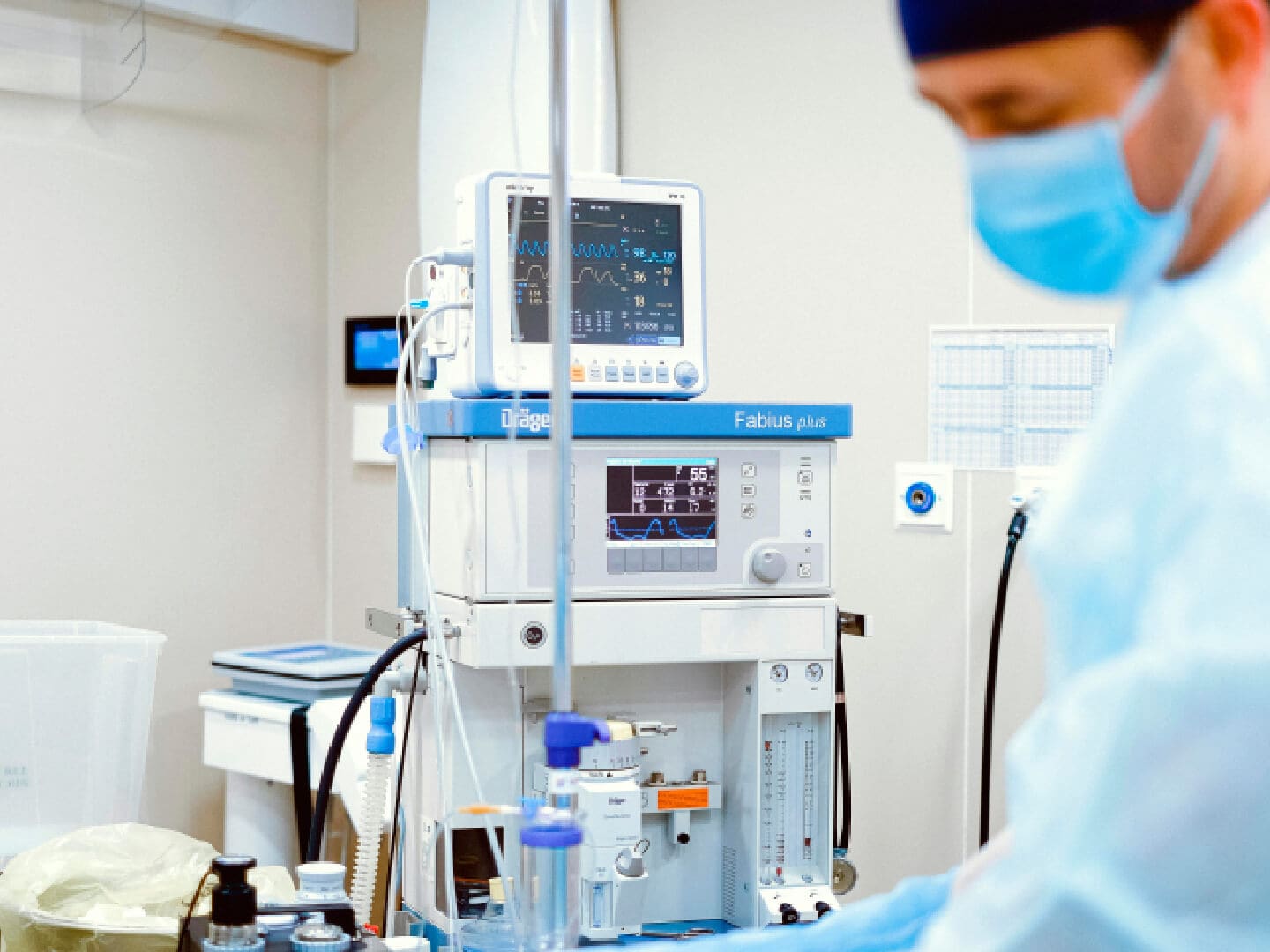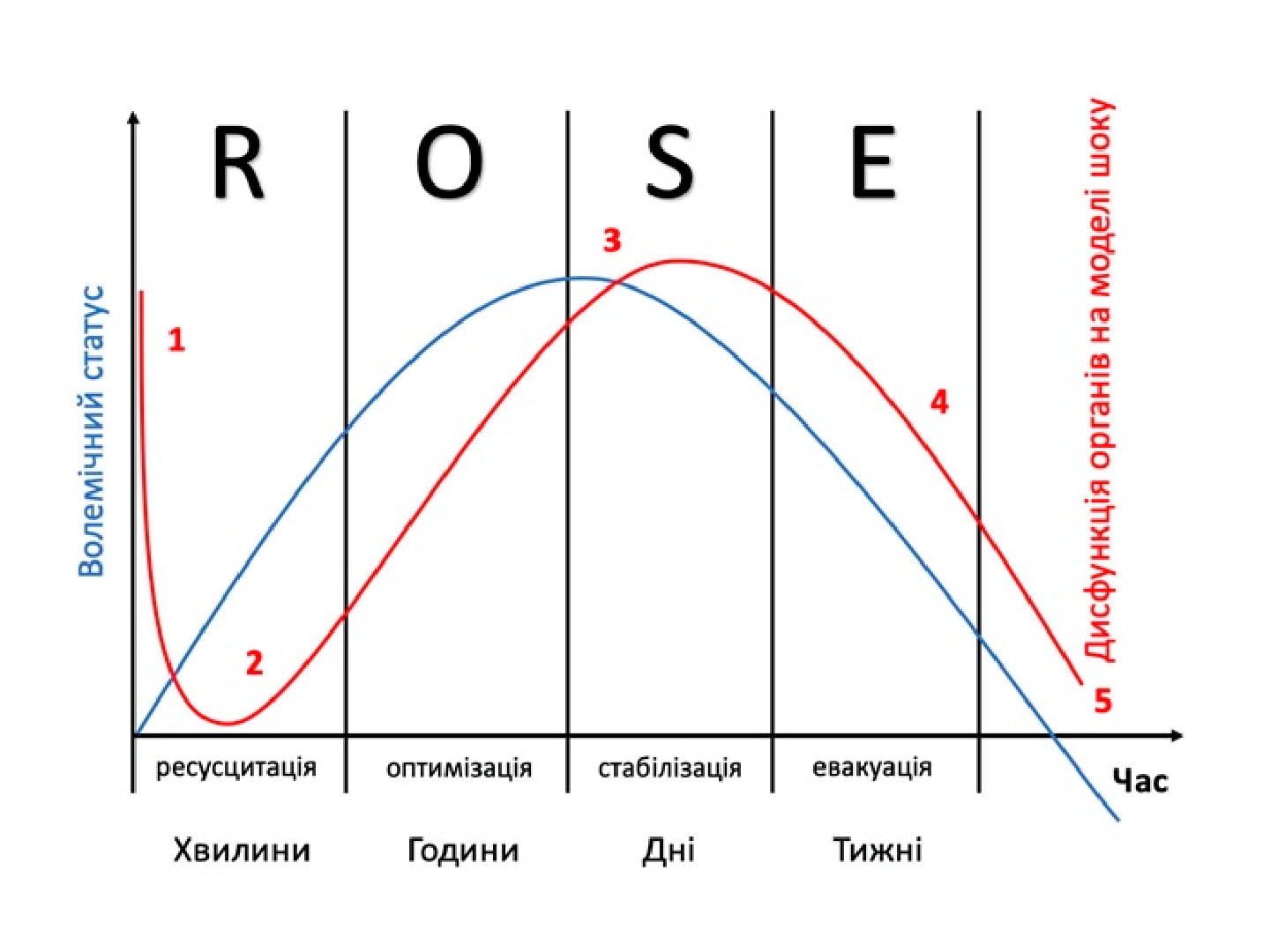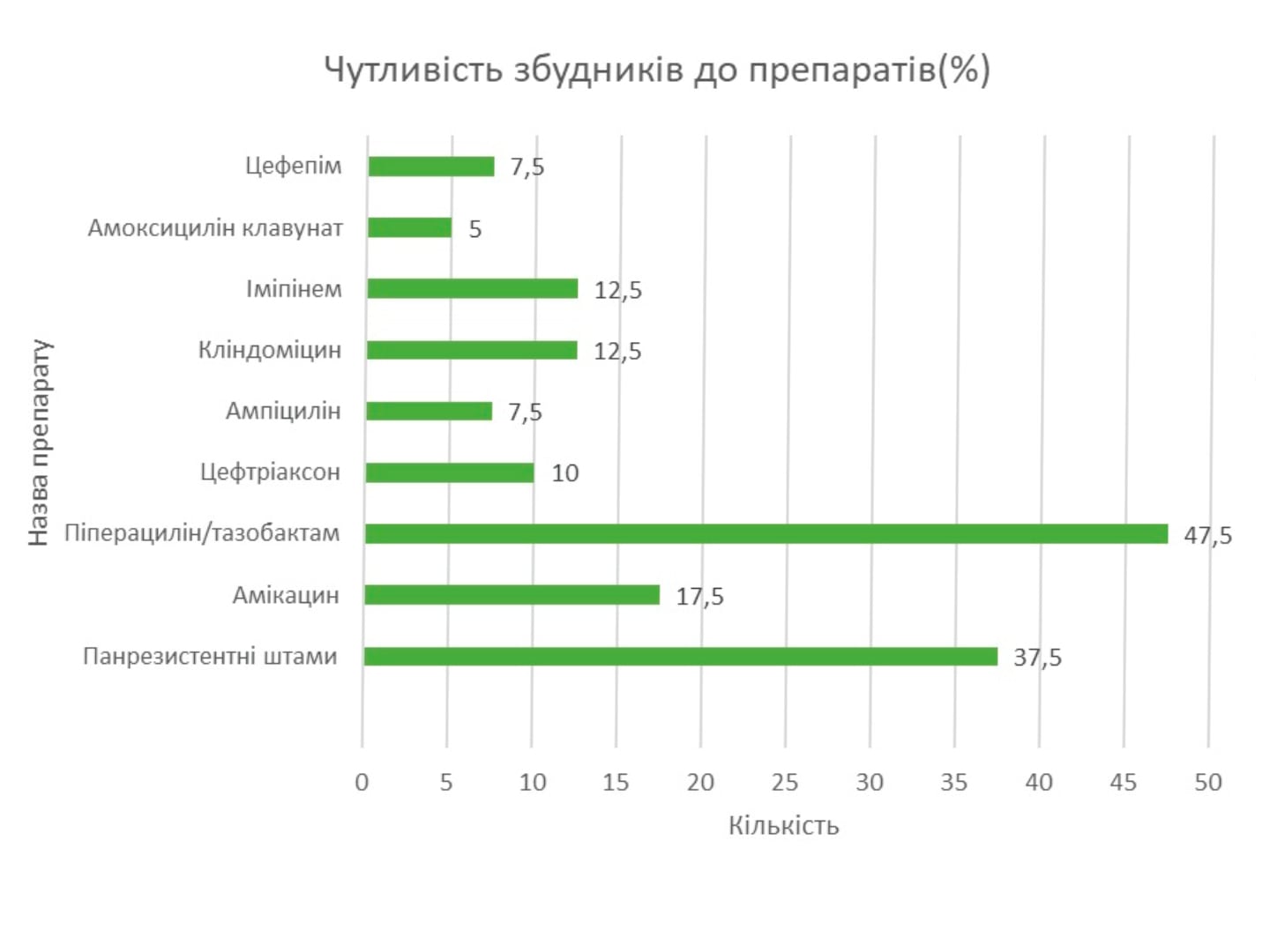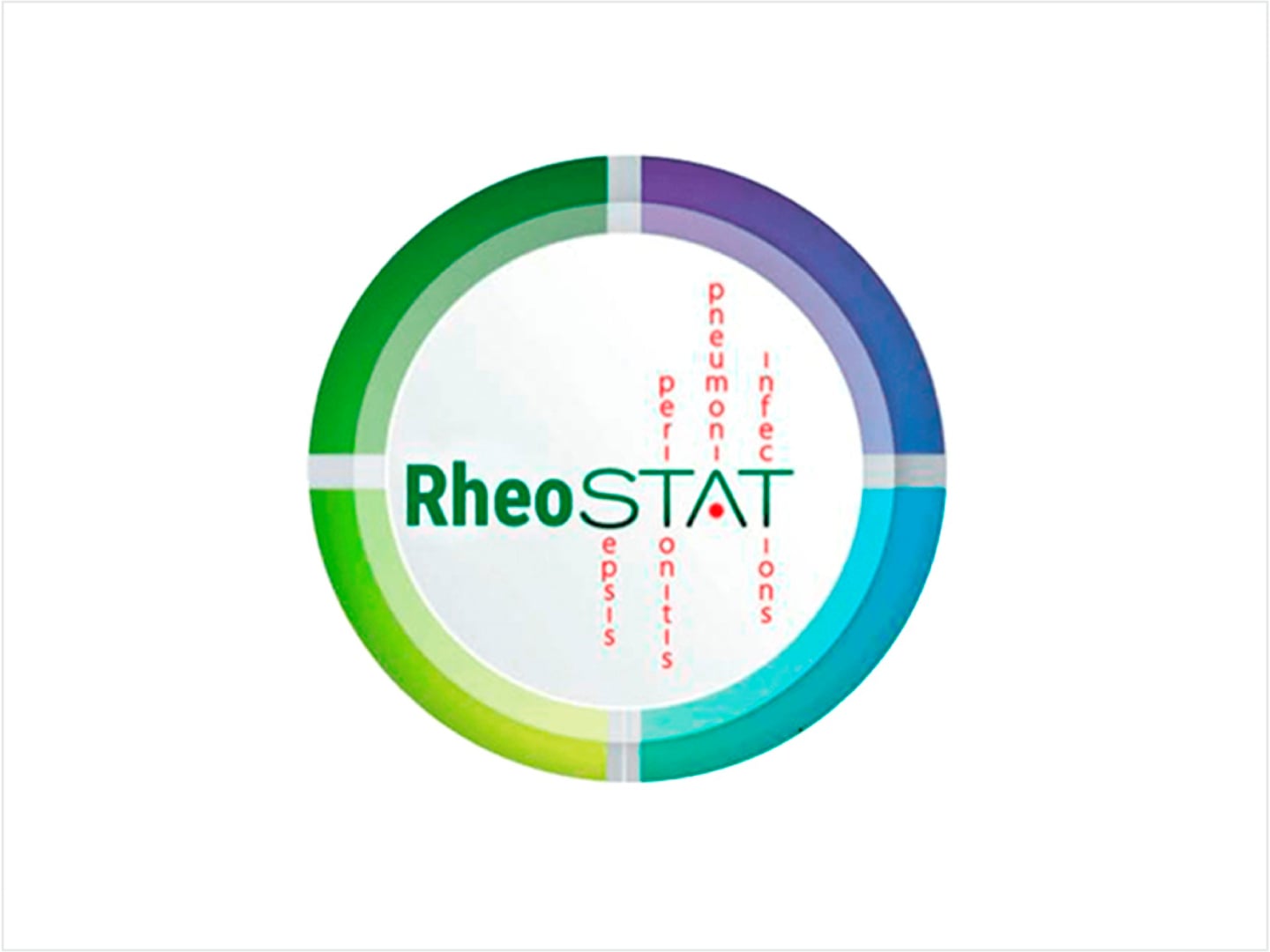The first data on international multicenter clinical study RheoSTAT-CP0620 on the efficacy and safety of Rheosorbilact® infusion in therapy of sepsis
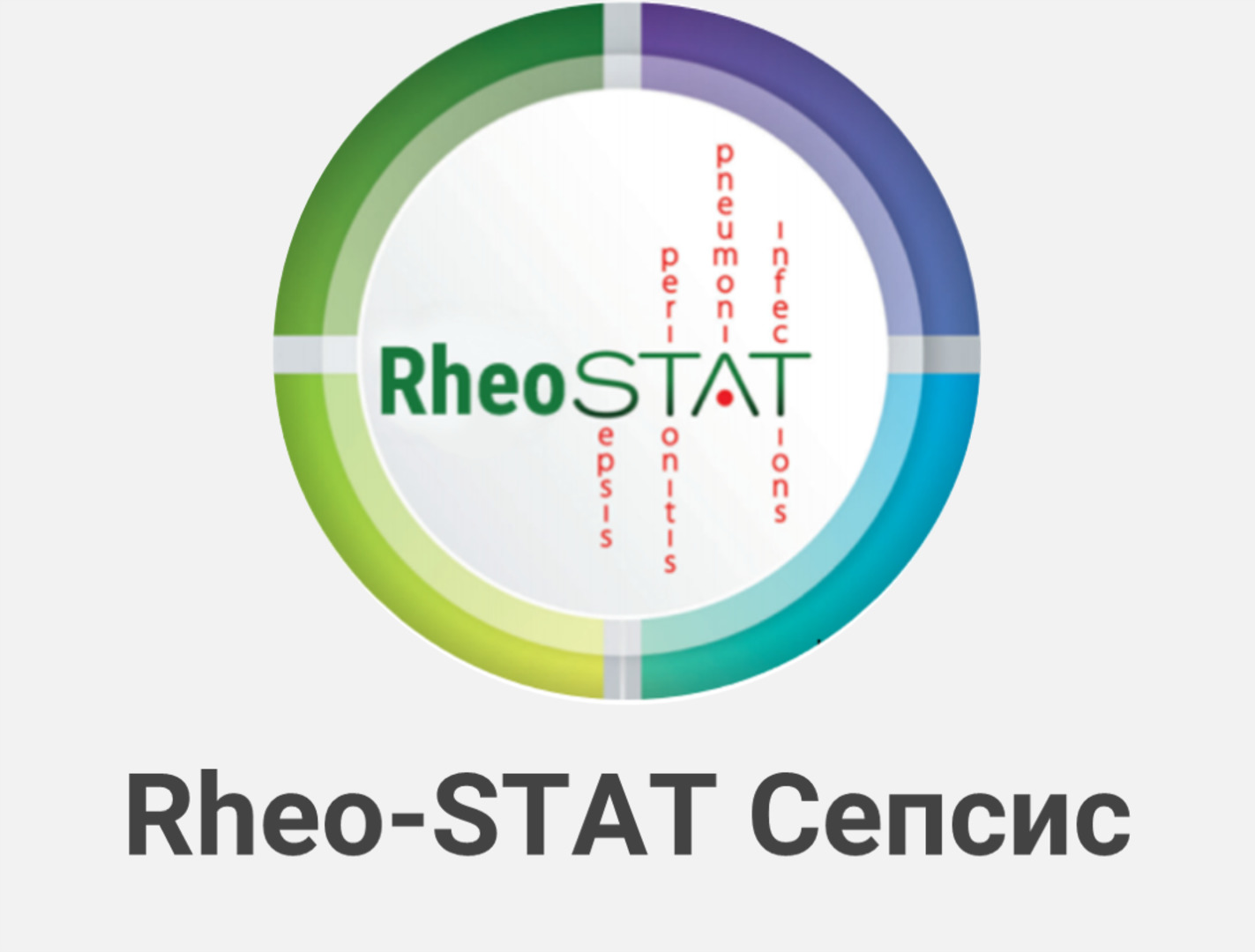
Abstract: Sepsis stays a common and life-threatening pathological condition; hospital mortality in patients with sepsisexceeds 30 %. Fluid resuscitation is an important component of sepsis treatment. The purpose of this work was to evaluate the efficacy and safety of the multicomponent infusion solution Rheosorbilact in the treatment of patients with sepsis.
The international multicenter randomized study RheoSTAT-CP0620 included 180 patients aged 18 to 60 years diagnosed with sepsis. Patients received Rheosorbilact therapy in dosage according to the package insert. A change in the SOFA score on day 3 of treatment was considered to be the primary endpoint. Changes in APACHE II, SAPS II, and MODS scores, as well as changes in endogenous intoxication markers on day 3 of treatment, were considered the secondary endpoints.
The safety of the drug was assessed by analysis of adverse events and vital signs after 3 days of therapy. On day 3 of Rheosorbilact treatment, statistically significant changes in SOFA (by 2.01±1.37 points), APACHE II (by 4.24±3.76 points), SAPS II (by 3.40±5.30 points), and MODS (by 1.37±1.37 points) scales were recorded. In addition, there was a statistically significant improvement in markers of endogenous intoxication (urea, creatinine and total bilirubin concentrations, leukocyte counts, and calculated intoxication indices) on day 3 of treatment.
The majority of adverse events (71.74 %) were mild. None of the adverse events were related to the study drug and did not result in the patient’s withdrawal from the study. According to the results of RheoSTAT-CP0620, Rheosorbilact is an effective and safe drug for the treatment of patients with sepsis. It is advisable to include Rheosorbilact in routine treatment algorithms for patients with sepsis.
Keywords: sepsis, infusion therapy, Rheosorbilact, intoxication, multiorgan failure.
Authors: V.Kh. Sharipova1, S. Beridze2, O.O. Pidmurniak3, N.A. Shanazarov4, Yu.Yu. Kobeliatskyi5, V.І. Koshlya6, S.B. Peev7, N. Babunashvili8, V. Cojocaru9, A. Bely10, O.Ye. Kanikovskyi11, I. Pyrtsak12
2 JSC EVEX Medical Corporation / Batumi State University named after Shota Rustaveli, Georgia
3 Vinnytsia National Medical University named after М.І. Pyrogov / Khmelnytskyi Regional Hospital, Ukraine
4 Medical Centre Hospital of President’s Affairs Administration of the Republic of Kazakhstan, Nur-Sultan, Kazakhstan
5 Dnipro State Medical University, Dnipro, Ukraine
6 SI “Zaporizhzhia Medical Academy of Post-Graduate Education of the Ministry of Health of Ukraine”, Zaporizhzhia, Ukraine
7 SI “Institute of General and Urgent Surgery named after V.T. Zaitsev of the National Academy of Medical Sciences of Ukraine”,
Kharkiv, Ukraine
8 JSC EVEX/LTD – Kutaisi Emergency Referral Hospital, Kutaisi, Georgia
9 Republican Clinical Hospital, Chisinau, Moldova
10 Institute of Ambulance, Chisinau, Moldova
11 Vinnytsia National Medical University named after М.І. Pyrogov, Vinnytsia, Ukraine
12 Municipal Clinical Hospital “Sfânta Treime”, Chisinau, Moldova
Literature:
- De Backer D., Dorman T. Surviving sepsis guidelines: a continuous move toward better care of patients with sepsis. JAMA. 2017; 317: 807 – 8. doi: 10.1001/jama.2017.0059 .
- Gaieski D.F., Edwards J.M., Kallan M.J., Carr B.G. Benchmarking the incidence and mortality of severe sepsis in the United States. Crit. Care Med. 2013; 41: 1167 – 74. doi : 10.1097/ CCM .0 b 013 e 31827 c 09 f 8 .
- Seymour C . W ., Liu V . X ., Iwashyna T . J ., Brunkhorst F . M ., Rea T . D ., Scherag A ., et al . Assessment of clinical criteria for sepsis: for the Third International Consensus Definitions for Sepsis and Septic Shock (Sepsis – 3). JAMA. 2016; 315: 762 – 74. doi: 10.1001/jama.2016.0288 .
- Stevenson E.K., Rubenstein A.R., Radin G.T., Wiener R.S., Walkey A.J. Two decades of mortality trends among patients with severe sepsis: a comparative meta – analysis. Crit. Care Med. 2014; 42: 625 – 31. doi: 10.1097/CCM.0000000000000026 .
- Angus D .C., van der Poll T. Severe sepsis and septic shock. N. Engl. J. Med. 2013; 369: 840 – 51. doi: 10.1056/NEJMra1208623 .
- Adhikari N.K., Fowler R.A., Bhagwanjee S., Rubenfeld G.D. Critical c are and the global burden of critical illness in adults. Lancet. 2010; 376: 1339 – 46. doi: 10.1016/S0140 – 6736(10)60446 – 1 .
- Gupta S., Sakhuja A., Kumar G., McGrath E., Nanchal R.S. , Kashani K.B. Culture – negative severe sepsis: nationwide trends and outcomes. Chest . 2016; 150 (6): 1251 – 9.
- Mayr F.B., Yende S., Angus D.C. Epidemiology of severe sepsis. Virulence . 2014; 5 (1): 4 – 11.
- Nannan Panday R.S., Lammers E.M.J., Alam N., Nan ayakkara P.W.B. An overview of positive cultures and clinical outcomes in septic patients. Crit. Care . 2019; 23 (1): 182. doi: 10.1186/s13054 – 019 – 2431 – 8.
- Seymour C.W., Gesten F., Prescott H.C., Friedrich M.E., Iwashyna T.J., Phillips G.S., et al. Time to treatment and mortality during mandated emergency care for sepsis. N. Engl. J. Med . 2017; 376 (23): 2235 – 2244. doi: 10.1056/NEJMoa1703058.
- Levy M.M., Evans L.E., Rhodes A. The surviving sepsis campaign bundle: 2018 update. Intensive Care Med . 2018; 44 (6): 925 – 928.
- Bansal M., Farrugia A., Balboni S., et al. Relative survival benefit and morbidity with fluids in severe sepsis. Curr. Drug Saf . 2013; 8 (4): 236 – 45.
- Sterling S.A., Miller W.R., Pryor J., et al. The impact of timing of antibi otics on outcomes in severe sepsis and septic shock: a systematic review and meta – analysis. Crit. Care Med . 2015; 43 (9): 1907 – 15.
- Byrne L., Van Haren F. Fluid resuscitation in human sepsis: time to rewrite history? Ann. Intensive Care. 2017; 7: 4. doi : 10.1186/s13613 – 016 – 0231 – 8.
- Maitland K., Kiguli S., Opoka R.O., Engoru C., Olupot – Olupot P., Akech S.O., et al. Mortality after fluid bolus in African children with severe infection. N. Engl. J. Med. 2011; 364: 2483 – 95. doi: 10.1056/NEJMoa1101549.
- Andrews B., Semler M.W., Muchemwa L., Kelly P., Lakhi S., Heimburger D.C., et al. Effect of an early resuscitation protocol on in – hospital mortality among adults with sepsis and hypotension: a randomized clinical trial. JAMA. 2017; 318: 1233 – 40. 10.1001/j ama.2017.10913].
- Boyd J.H., Forbes J., Nakada T.A., Walley K.R., Russell J.A. Fluid resuscitation in septic shock: a positive fluid balance and elevated central venous pressure are associated with increased mortality. Crit. Care Med. 2011; 39: 259 – 65. 10.1097/CCM.0b013e3181feeb15.
- Dugar S., Choudhary C., Duggal A. Sepsis and septic shock: guideline – based management. Cleveland Clinic Journal of Medicine. 2020; 87 (1): 53 – 64. doi: https://doi.org/10.3949/ccjm.87a.18143.
- Singer M., Deutschman C.S., Seymour C.W., Shankar – Hari M., Annane D., Bellomo R., et al. The Third International Consensus Definitions for Sepsis and Septic Shock (Sepsis – 3). JAMA. 2016; 315: 801 – 10. doi: 10.1001/jama.2016.0287 .
- Marik P.E., Byrne L., van Haren F. Fluid resuscitation in sepsis: the great 30 mL per kg hoax. J. Thorac. Dis . 2020; 12 (Suppl. 1): S37 – S47. doi: 10.21037/jtd.2019.12.84.
- Ozyilmaz S., Akgul O., Uyarel H., Pusuroglu H., Gul M., Satilmisoglu M., et al. The importance of the neutrophil – to – lymphocyte ratio in patients with hypertrophic cardiomyopathy. Rev. Port. Cardiol. 2017; 36 (4): 239 – 46. doi: 10.1016/j.repc.2016.09.014.
- Balta S., Celik T., Mikhailidis D.P., Ozturk C., Demirkol S., Aparci M., et al. The relation between atherosclerosis and the neutrophil – lymphocyte ratio. Clin. Appl. Thromb. Hemost. 2016; 22 (5): 405 – 11. doi: 10.1177/1076029615569568.
- Rhodes A., Evans L.E., Alhazzani W., Levy M.M., A ntonelly M., Ferrer R., et al. Surviving Sepsis Campaign: international guidelines for management of sepsis and septic shock: 2016. Crit. Care Med . 2017; 45 (3): 486 – 552. doi: 10.1097/CCM.0000000000002255.
- Dellinger R.P., Schorr C.A., Levy M.M. A users ’ guide to the 2016 surviving sepsis guidelines. Crit. Care Med . 2017; 45 (3): 381 – 385.
- Avni T., Lador A., Lev S., Leibovici L., Paul M., Grossman A. Vasopressors for the treatment of septic shock. PLoS One . 2015; 10 (8): e0129305. doi: 10.1371/journal .pone.012930.
- Angus D.C., Barnato A.E., Bell D., Bellomo R., Chong C. – R., Coats T.J., et al. A systematic review and meta – analysis of early goal – directed therapy for septic shock: the ARISE, ProCESS and ProMISe Investigators. Intensive Care Med. 2015; 41: 1549 – 60. 10.1007/s00134 – 015 – 3822 – 1.
- Vandervelden S., Malbrain M.L. Initial resuscitation from severe sepsis: one size does not fit all. Anaesthesiol. Intensive Ther. 2015; 47: s44 – 55. 10.5603/AIT.a2015.0075.
- Hendershot K.M., Robinson L., Roland J., Vaziri K., Rizzo A.G., Fakhry S.M. Estimated height, we ight and body mass index: implications for research and patient safety. J. Am. Coll. Surg. 2006; 203: 887 – 93. 10.1016/j.jamcollsurg.2006.08.018.
- Maskin L.P., Attie S., Setten M., Rodriguez P.O., Bonelli I., Stryjewski M.E., et al. Accuracy of weight an d height estimation in an intensive care unit. Anaesth. Intensive Care. 2010; 38: 930 – 4. 10.1177/0310057X1003800519.
- Bloomfield R., Steel E., MacLennan G., Noble D.W. Accuracy of weight and height estimation in an intensive care unit: implications for clinical practice and research. Crit. Care Med. 2006; 34: 2153 – 7. 10.1097/01.CCM.0000229145.04482.93.
- van Haren F . Personalised fluid resuscitation in the ICU: still a fluid concept? Crit. Care. 2017; 21: 313. doi: 10.1186/s13054 – 017 – 1909 – 5].
- Ognibene F.P., Parker M.M., Natanson C., Shelhamer J.H., Parrillo J.E. Depressed left ventricular performance. Response to volume infusion in patients with sepsis and septic shock. Chest. 1988; 93: 903 – 10. 10.1378/chest.93.5.903.
- Prowle J.R., Kirwan C.J., Bellomo R. Fluid management for the prevention and attenuation of acute kidney injury. Nat. Rev. Nephrol. 2014; 10: 37 – 47. doi: 10.1038/nrneph.2013.232.
- Hilton A.K., Bellomo R. A critique of fluid bolus resuscitation in severe sepsis. Crit. Care. 2012; 16: 302. doi: 10.1186/cc11154.
- Silversides J.A., Perner A., Malbrain M. Liberal versus restrictive fluid therapy in critically ill patients. Intensive Care Med. 2019; 45: 1440 – 2. doi: 10.1007/s00134 – 019 – 05713 – y.
- Awad S., Allison S.P., Lobo D.N. The history of 0.9 % saline. Clin . Nutr . Edinb . Scotl . 2008; 27: 179 – 88.
- Кондрацкий Б., Новак В. Опыт применения в клинической практике комплексного инфузионного препарата Реосорбилакт. Мистецтво лікування . 2006; 1: 34 – 36.

